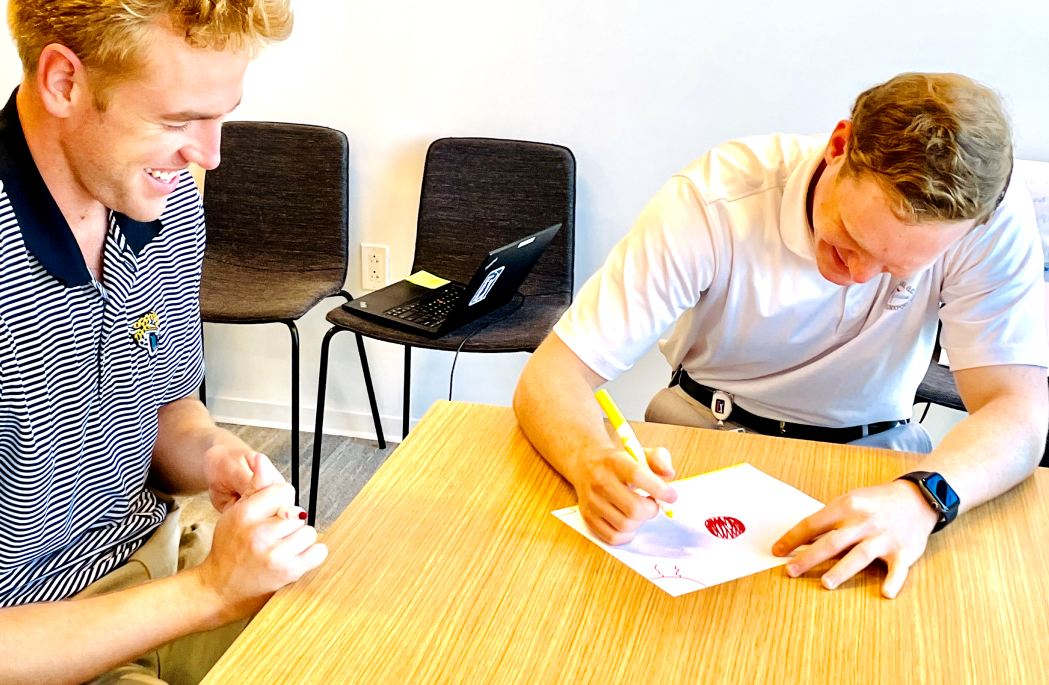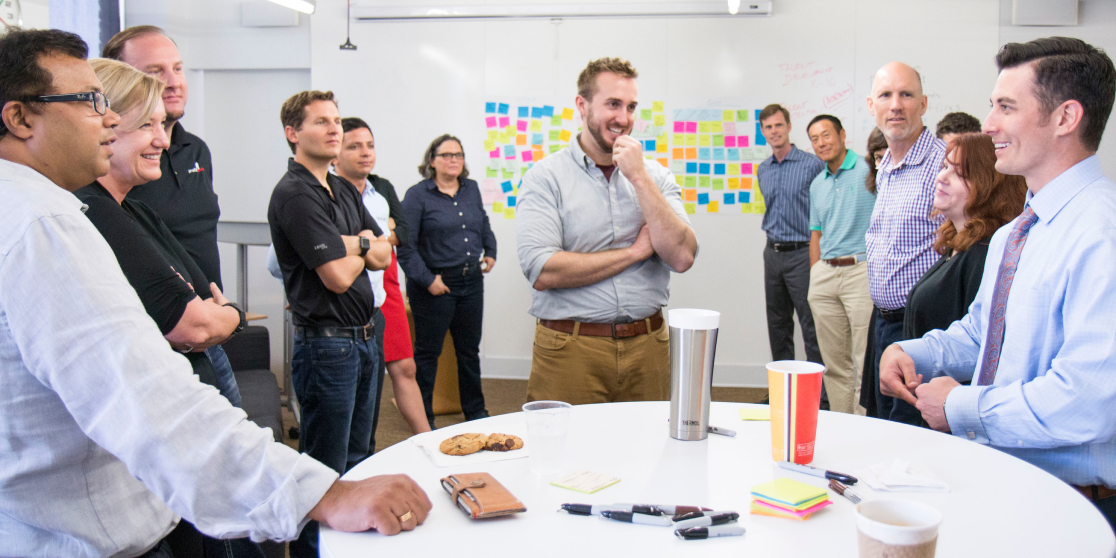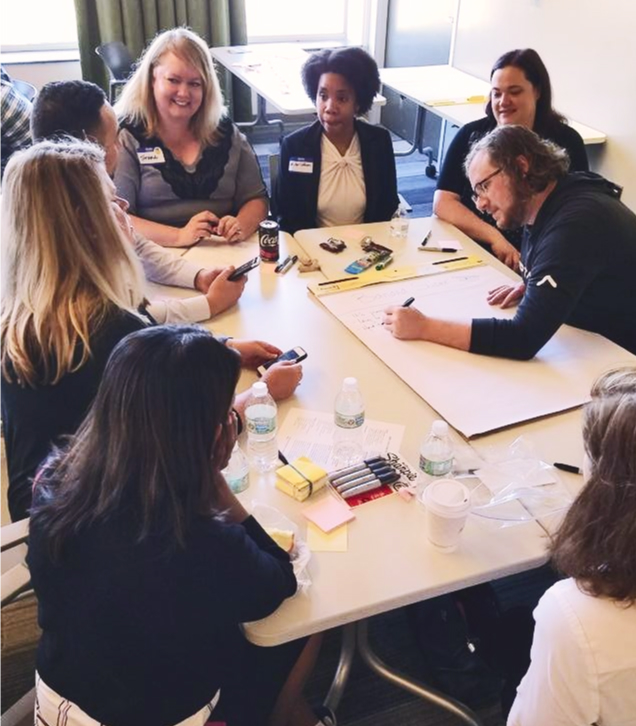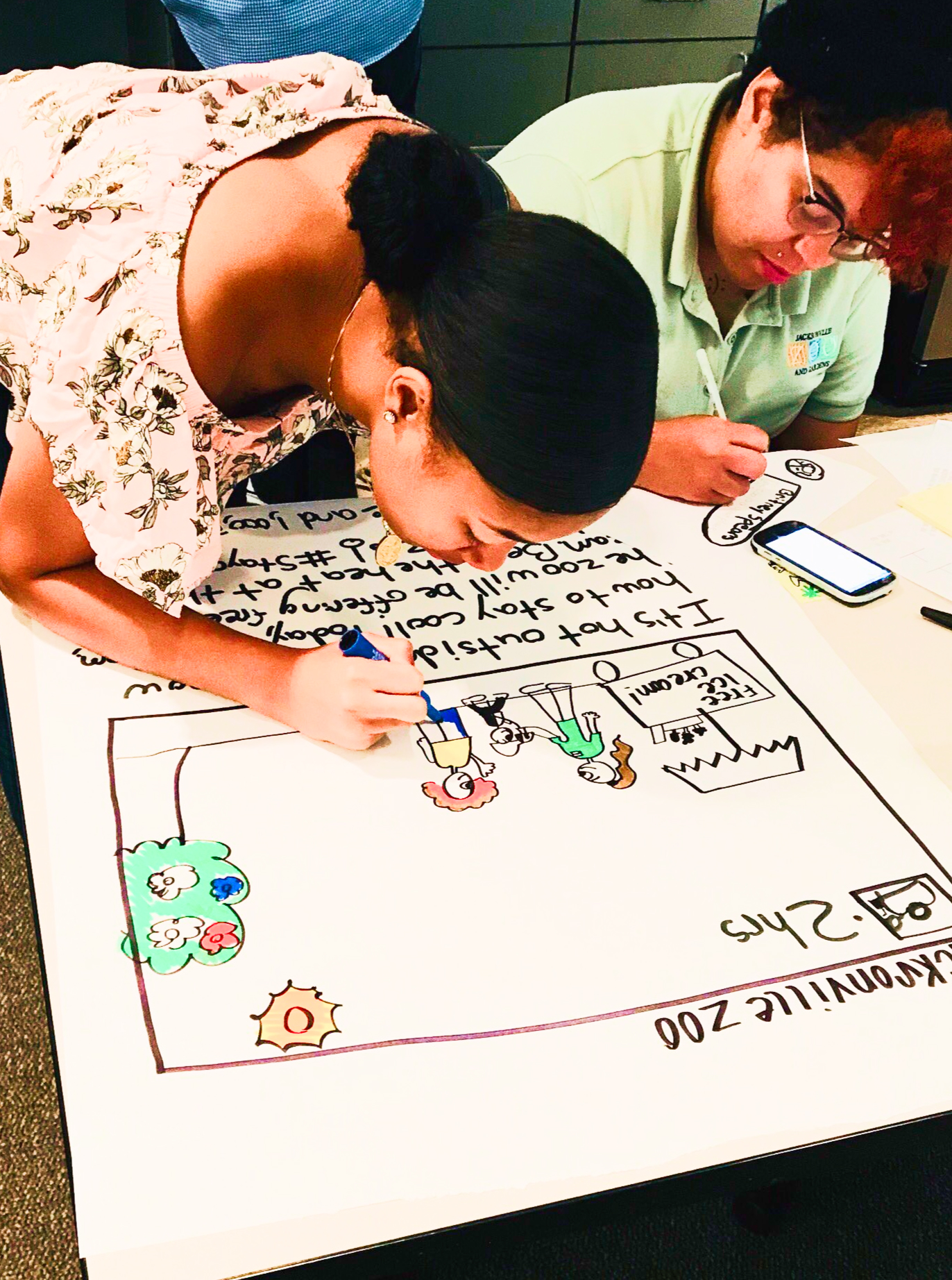Introduction to Design Thinking
A Human-Centered Approach to Innovation
Design thinking is a human-centered approach that drives innovation in many of today’s most creative and competitive organizations. This course introduces you to the fundamentals of design thinking, empowering you to produce innovative solutions and stay ahead in the dynamic world of work




